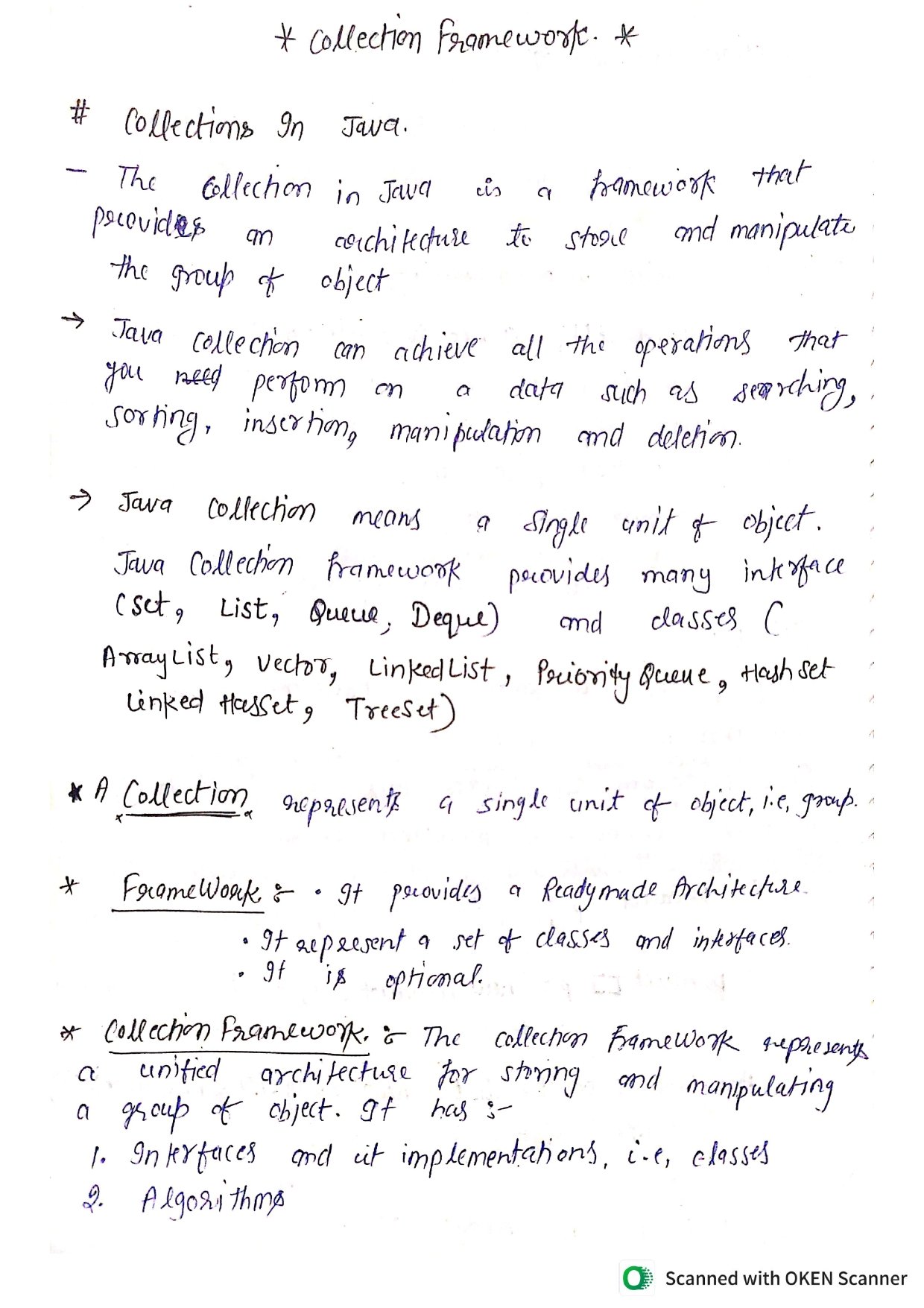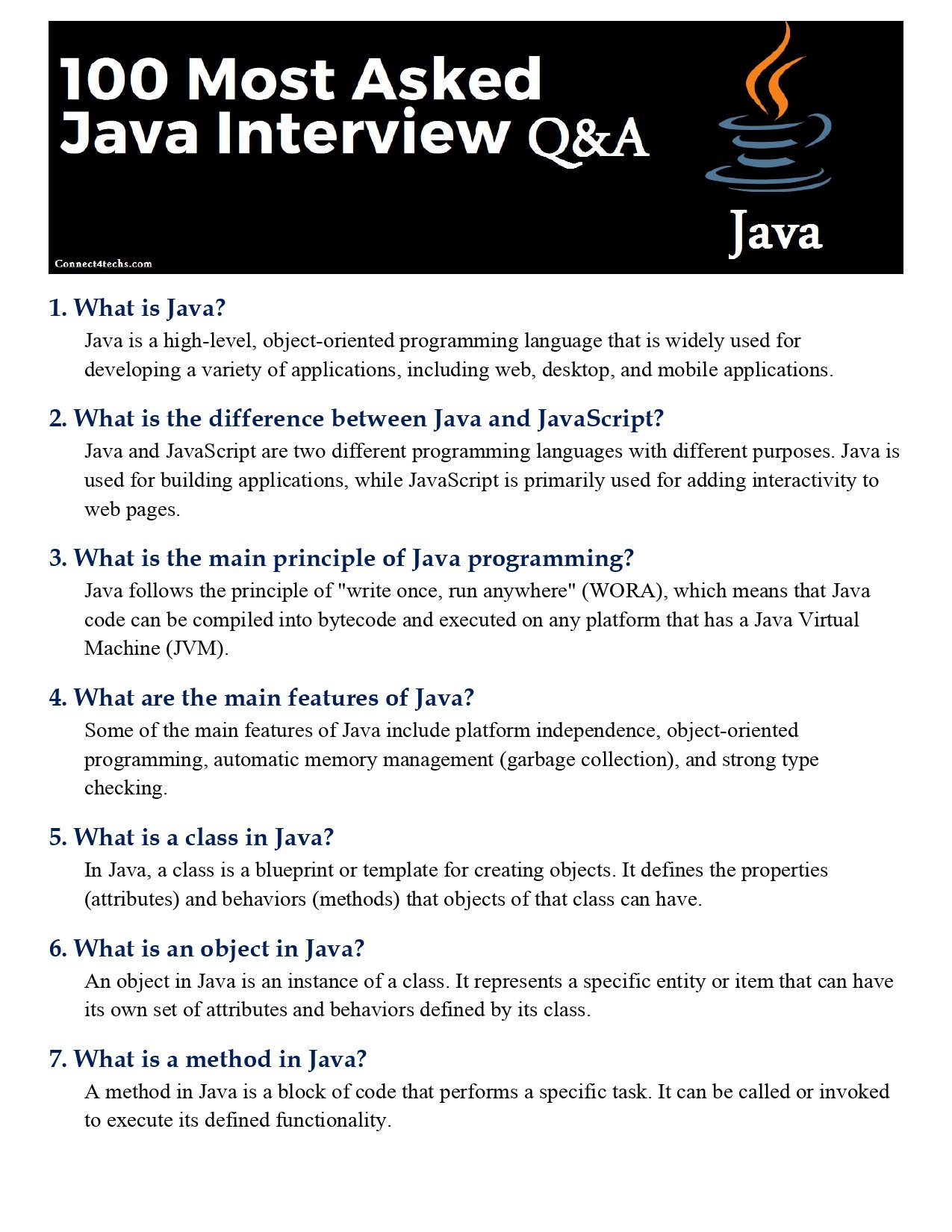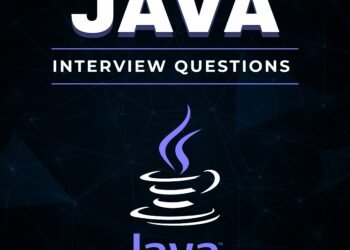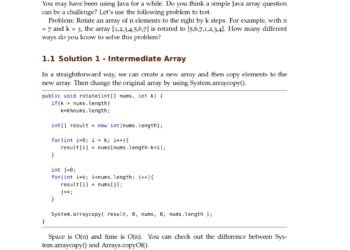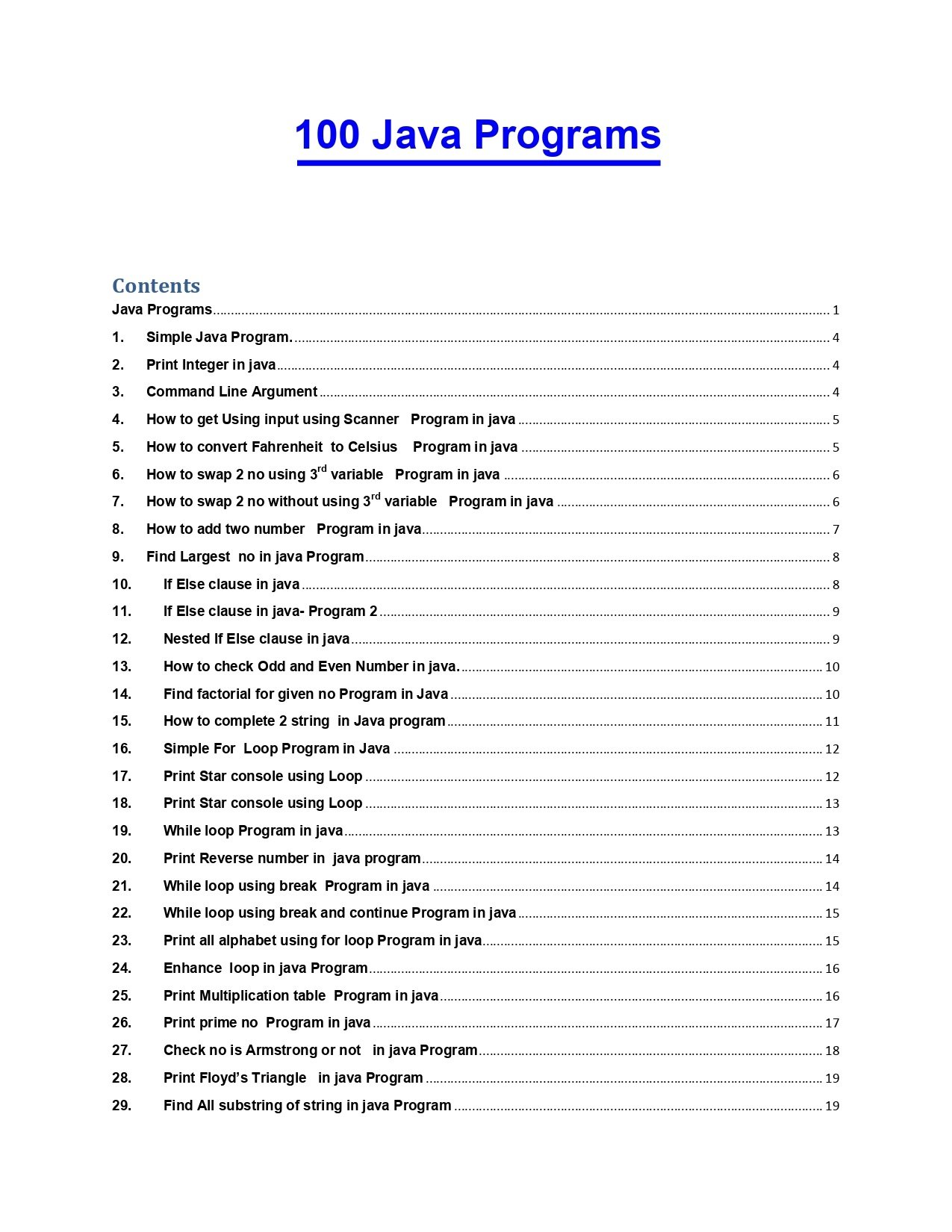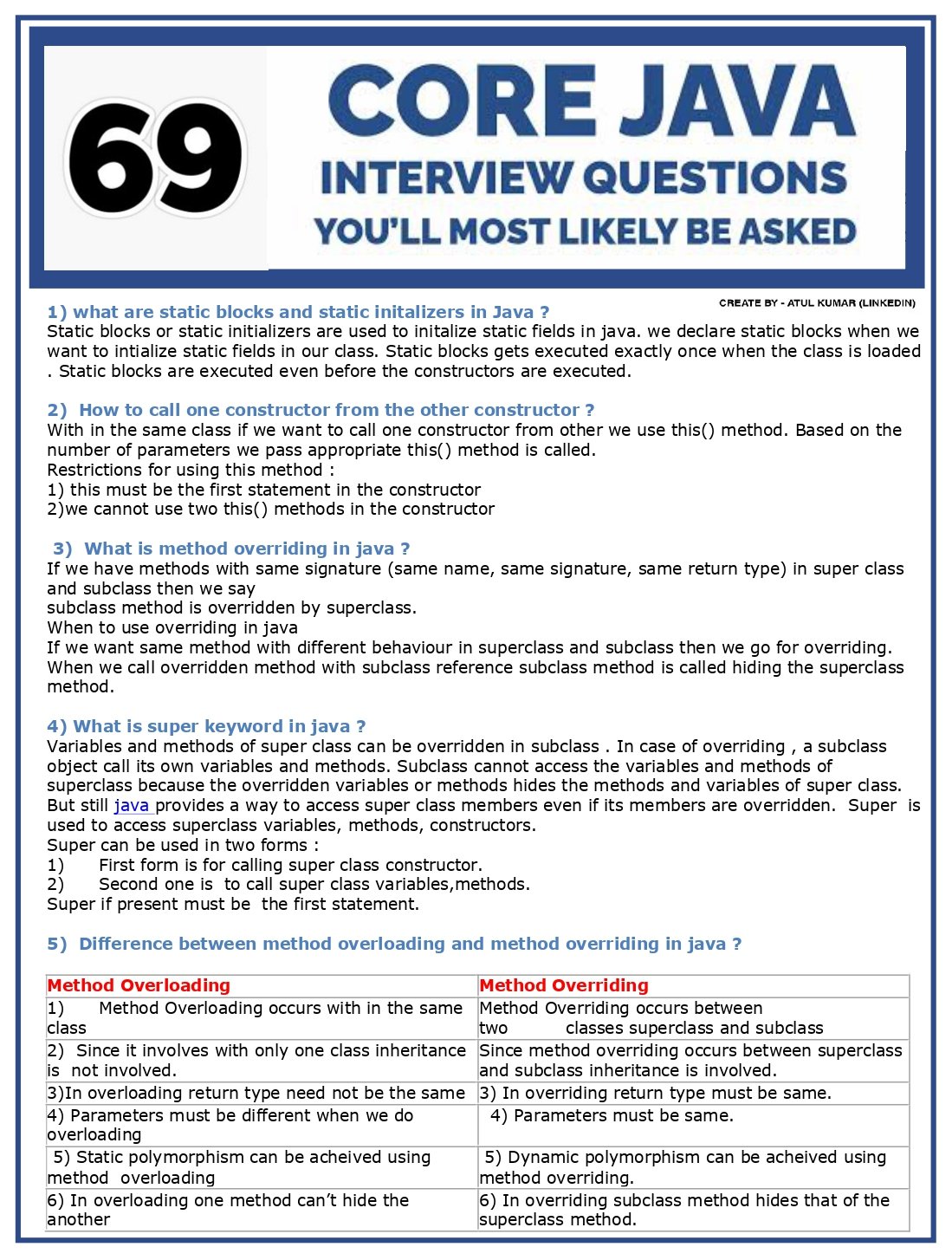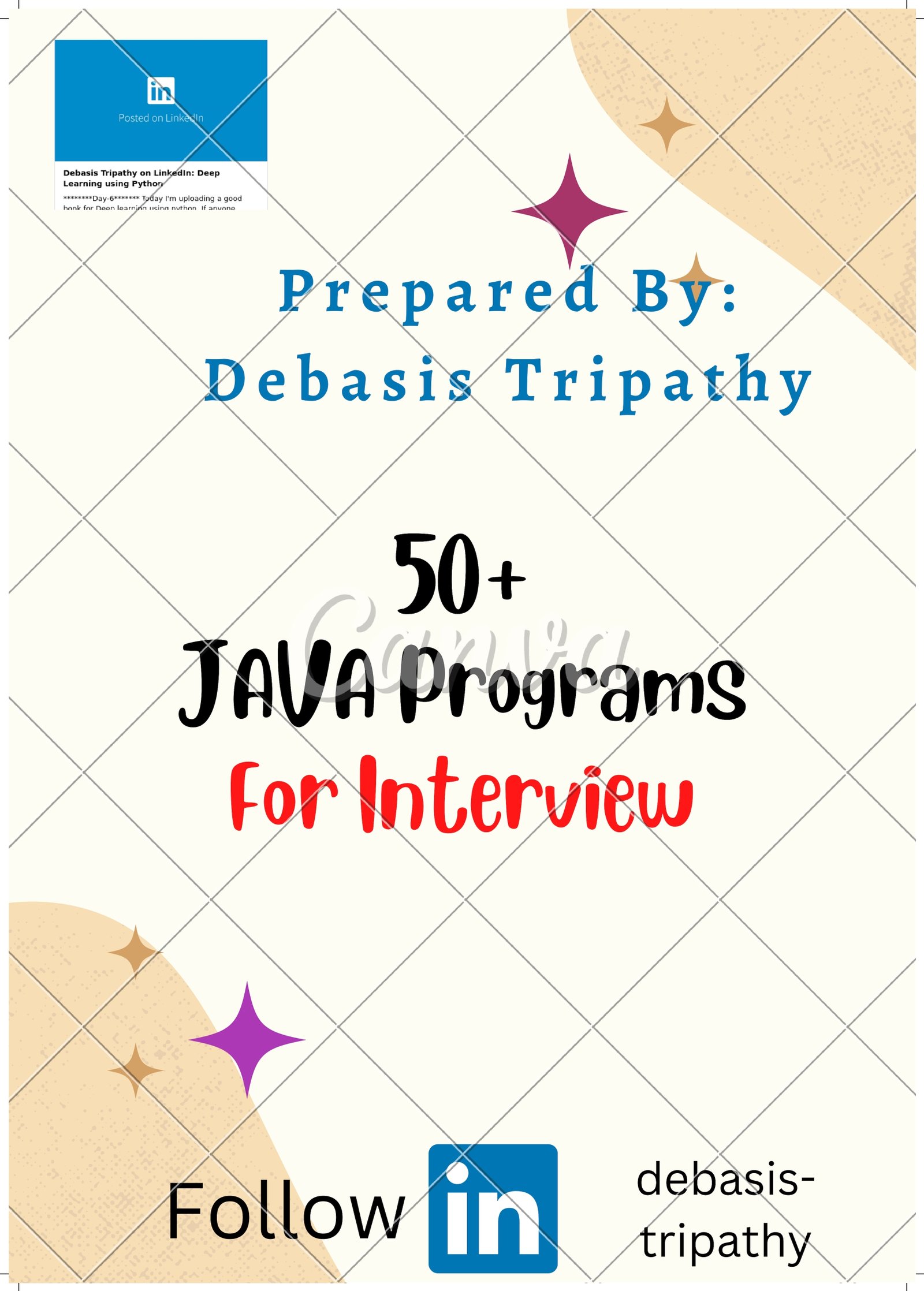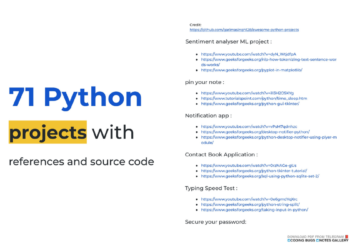Welcome to our blog post, where we are excited to present you with “Java Collection Framework Hands Written Notes.” The Java Collection Framework is a fundamental part of Java programming, providing a rich set of classes and interfaces to store, manipulate, and process data efficiently. Whether you’re a beginner learning Java or an experienced developer seeking a comprehensive reference, these hands-written notes will serve as your go-to guide for understanding and mastering the Java Collection Framework.
In this blog post, we introduce you to our meticulously crafted “Java Collection Framework Hands Written Notes” – an invaluable resource that covers a wide range of topics related to Java collections. These notes are designed to provide you with a clear understanding of the Collection Framework’s concepts, functionalities, and best practices, empowering you to utilize it effectively in your Java projects.
Why “Java Collection Framework Hands Written Notes”?
The Java Collection Framework offers a powerful and versatile set of data structures and algorithms that simplify complex programming tasks. However, comprehending the intricacies of the Collection Framework and utilizing it optimally can be challenging. Our “Java Collection Framework Hands Written Notes” aim to bridge that gap by providing you with comprehensive, easy-to-understand notes that cover all aspects of the Collection Framework. Whether you’re studying for exams, preparing for interviews, or seeking a handy reference, these notes will be an invaluable resource for your journey.
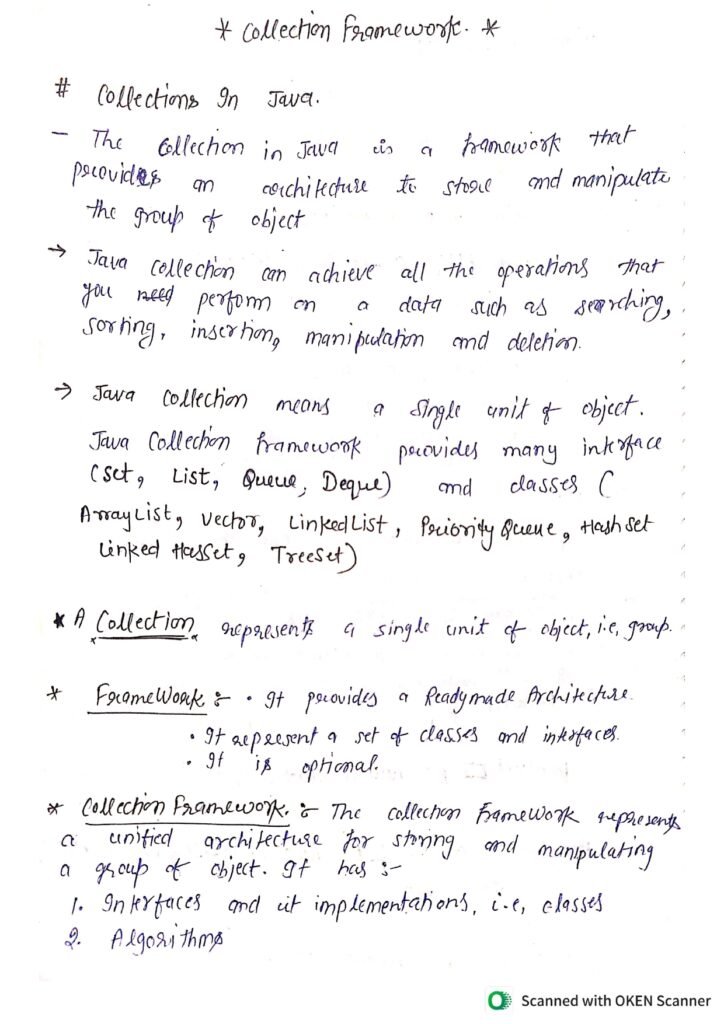
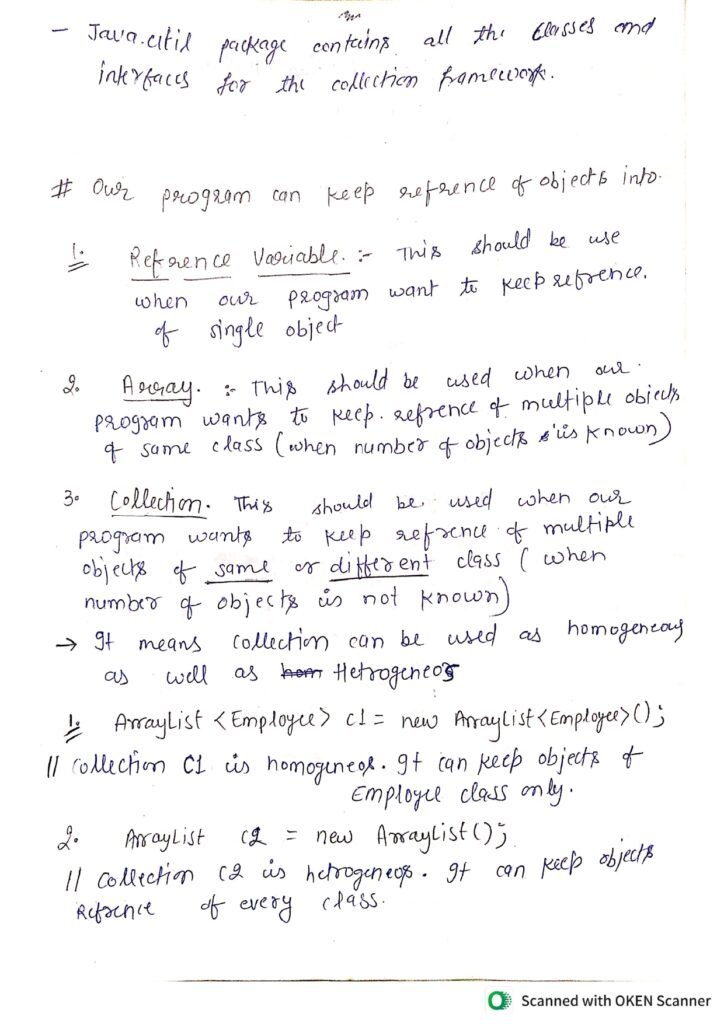
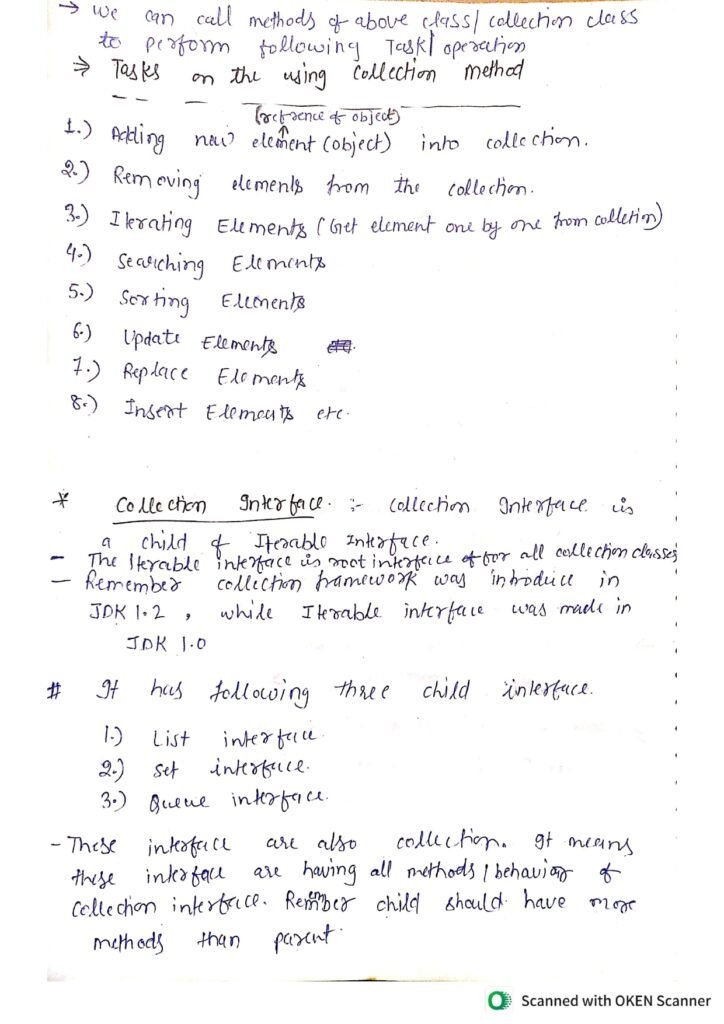
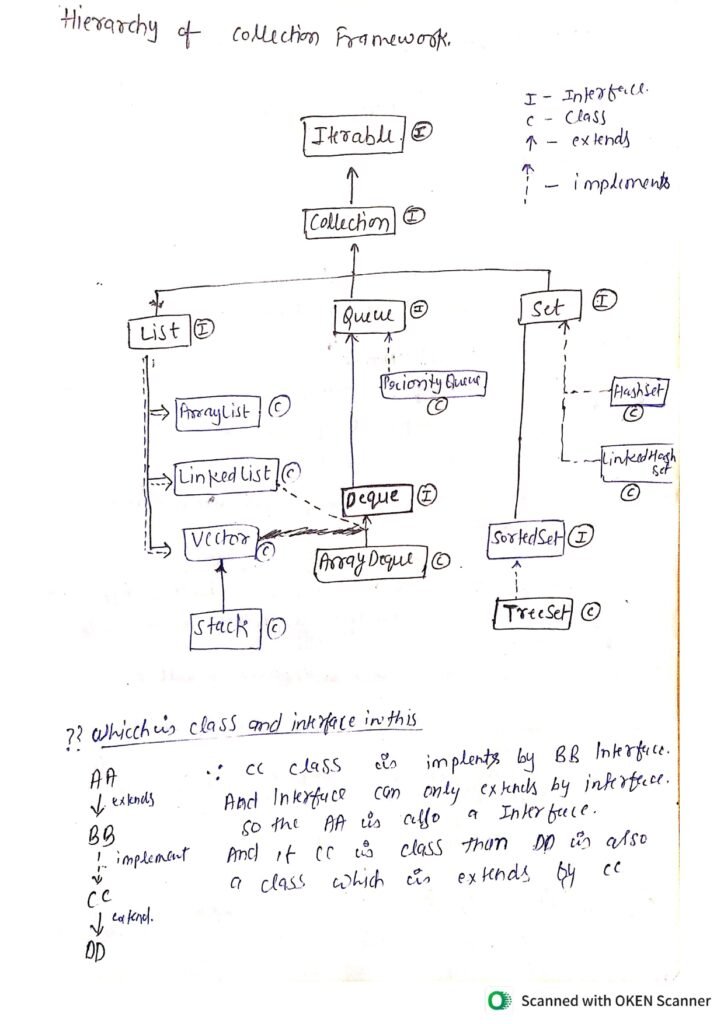
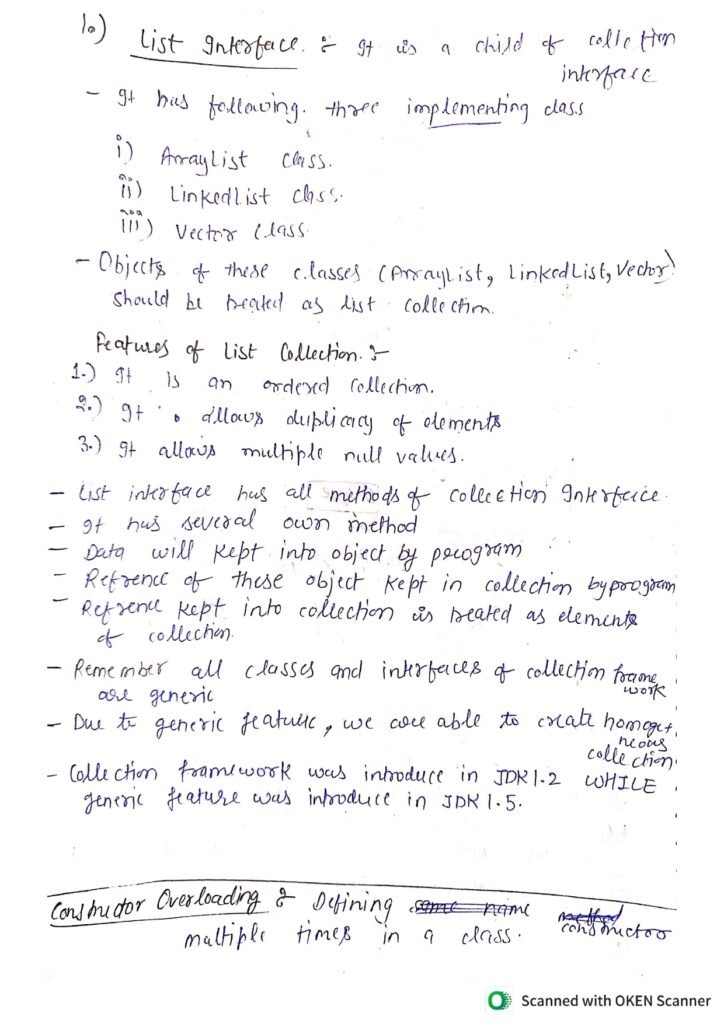
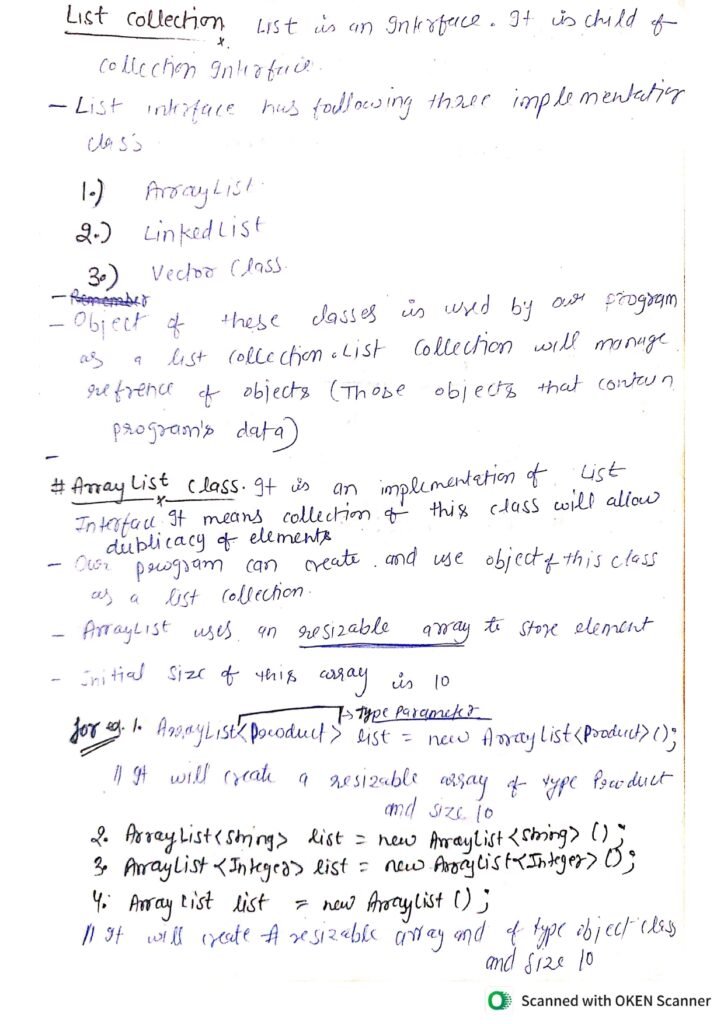
What to Expect:
In the “Java Collection Framework Hands Written Notes,” you can expect a thorough exploration of the following topics:
- Introduction to Collections: Understanding the core concepts of collections, interfaces, and classes in the Collection Framework.
- Collection Interfaces: Exploring key interfaces such as List, Set, and Queue, along with their characteristics, implementations, and usage scenarios.
- List and its Implementations: Diving into the List interface and its implementations, including ArrayList, LinkedList, and Vector, and understanding their similarities, differences, and performance considerations.
- Set and its Implementations: Examining the Set interface and its implementations, such as HashSet, TreeSet, and LinkedHashSet, and understanding their unique characteristics and usage patterns.
- Queue and its Implementations: Uncovering the Queue interface and its implementations, including ArrayDeque and PriorityQueue, and exploring their applications in scenarios like priority-based processing and breadth-first search algorithms.
- Map and its Implementations: Understanding the Map interface and its implementations, such as HashMap, TreeMap, and LinkedHashMap, and leveraging them for efficient key-value data storage and retrieval.
- Iterators and Comparators: Learning how to traverse collections using iterators and applying custom sorting using comparators.
- Utility Classes: Exploring utility classes like Collections and Arrays, which provide useful methods for manipulating and sorting collections.
These hands-written notes provide detailed explanations, code snippets, and practical examples to help you grasp the concepts and functionalities of the Java Collection Framework.
Who Can Benefit from This Resource:
- Students learning Java programming and seeking comprehensive notes on the Collection Framework.
- Java developers aiming to refresh their knowledge and gain a deeper understanding of the Collection Framework.
- Job seekers preparing for Java-related interviews and needing a comprehensive reference on the Collection Framework.
- Java enthusiasts looking to enhance their understanding of collections and improve their programming skills.
Conclusion:
With our “Java Collection Framework Hands Written Notes,” you’ll have a comprehensive guide that covers all aspects of the Collection Framework, enabling you to harness its power and flexibility effectively. These notes will serve as your trusty companion, providing clear explanations and practical examples to enhance your understanding and proficiency in working with Java collections.
Stay tuned as we unveil this essential resource that will simplify your journey in mastering the Java Collection Framework. Get ready to elevate your Java programming skills with our “Java Collection Framework Hands Written Notes.”
Nu Of Pages
13 Pages
Download the Java Collection Framework from here
For Java Tutorial PDF From here
